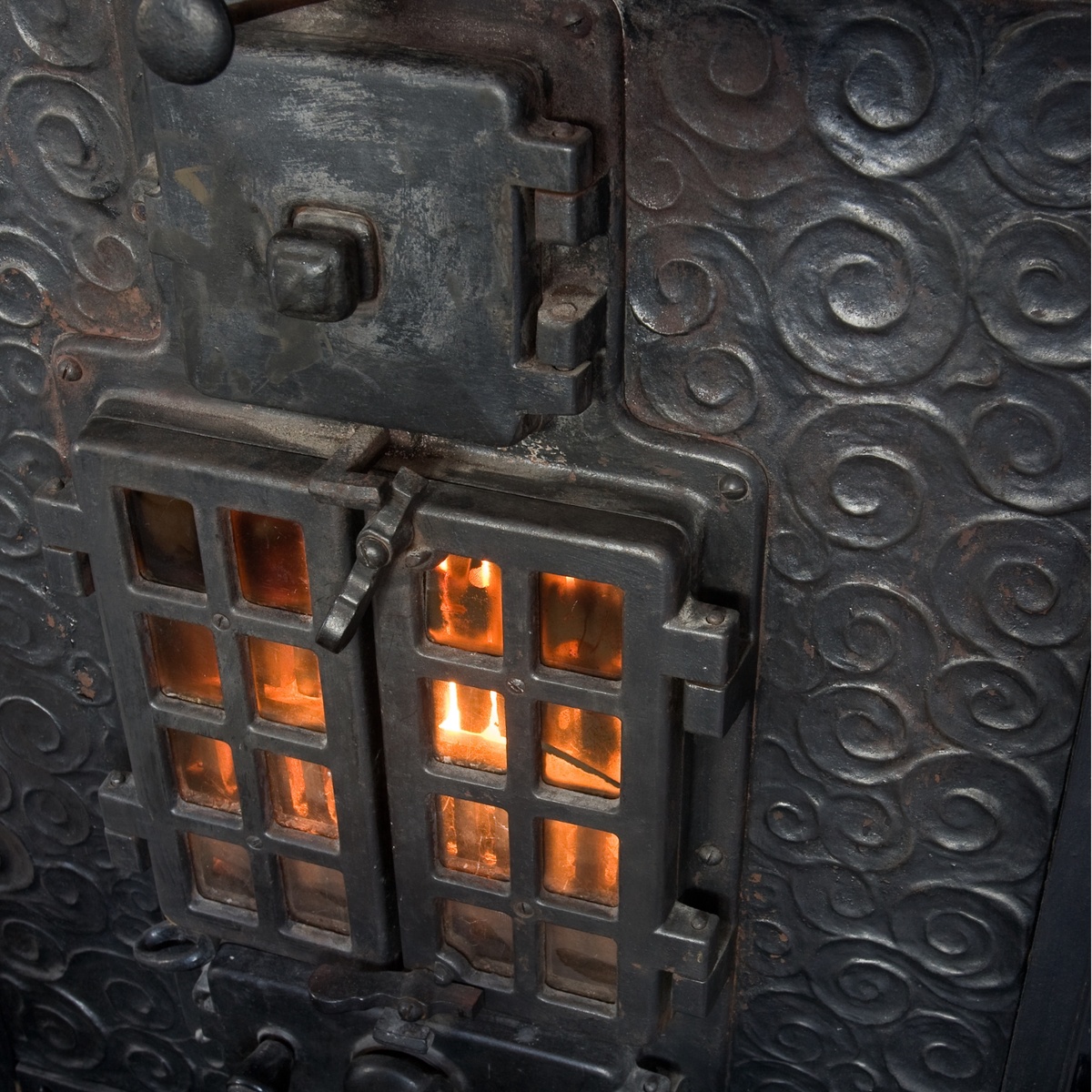Casting iron is a time-honored technique that has been used for centuries to create durable and versatile metal objects. From cookware to industrial parts, casting iron has a wide range of applications. In this comprehensive guide, we will delve into the world of casting iron, providing you with the knowledge and skills needed to cast iron effectively and safely.
Table of Contents
1. Understanding the Basics of Iron Casting
Iron casting is the process of melting iron and pouring it into a mold to create a desired shape. Before you start, it's crucial to understand the fundamentals of iron casting, including the types of iron used, the casting methods, and the equipment needed.
2. Choosing the Right Type of Iron
There are various types of iron used in casting, including gray iron, ductile iron, and white iron. Each type has its unique properties and applications. Learn how to choose the right type of iron for your specific project.
3. Preparing the Mold
Creating a mold is a critical step in the casting process. We'll discuss different types of molds, such as sand molds and investment molds, and guide you through the mold-making process, including pattern creation and mold assembly.
4. Melting and Pouring Iron
Melting iron requires a furnace capable of reaching the high temperatures needed to liquefy the metal. We'll cover the basics of furnace operation, as well as safety precautions for working with molten iron. You'll also learn the techniques for pouring molten iron into the mold.
5. Cooling and Solidification
After pouring, the iron cools and solidifies inside the mold. Understanding the cooling process is essential for achieving the desired characteristics in your cast iron piece. We'll explain how to control the cooling rate and prevent defects.
6. Removing and Finishing the Casting
Once the iron has solidified, it's time to remove the casting from the mold. This can be a delicate process, as you'll want to avoid damaging the cast iron piece. We'll guide you through the proper techniques for removing, cleaning, and finishing your castings.
7. Quality Control and Inspection
Ensuring the quality of your cast iron pieces is vital. Learn how to inspect castings for defects, such as porosity, cracks, and inclusions, and discover methods for improving the quality of your castings.
8. Advanced Casting Techniques
Explore advanced casting techniques, such as lost wax casting and centrifugal casting, which offer unique advantages for specific applications. We'll provide an overview of these techniques and when to use them.
9. Safety Precautions
Working with iron and high-temperature equipment carries inherent risks. We'll outline safety precautions to follow, including proper protective gear, safe handling of molten iron, and maintaining a well-ventilated workspace.
10. Troubleshooting and Problem-Solving
Even experienced casters encounter challenges. Learn how to troubleshoot common casting iron issues and find solutions to problems like shrinkage, warping, and mold-related defects.
Conclusion: Casting iron is a fascinating and valuable skill that opens the door to a world of creative and practical possibilities. This comprehensive guide equips you with the knowledge and techniques to become proficient in iron casting. With practice and dedication, you can master the art of casting iron and create high-quality cast iron pieces for various purposes. Remember to prioritize safety and continuously refine your skills for successful and rewarding casting experiences.


No comments yet